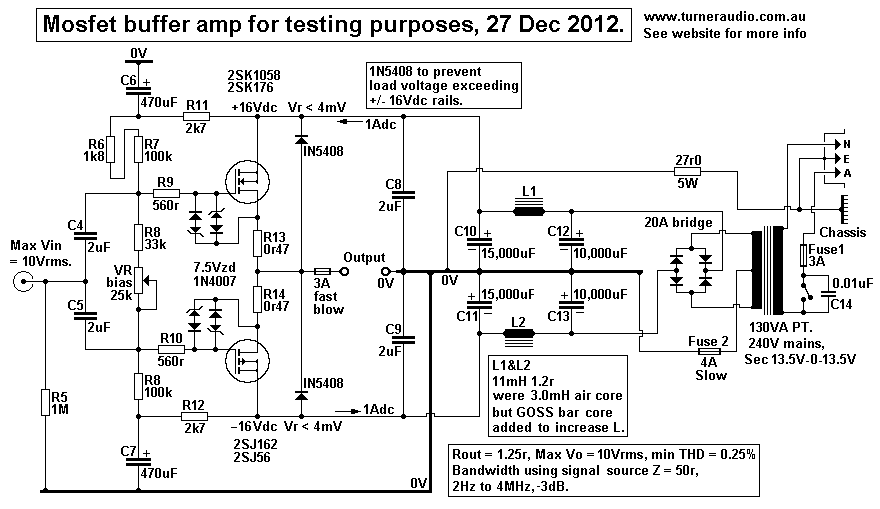Originally posted by Alan0354
View Post
Originally posted by R.G.
View Post
Second, are there predictable changes in frequency responses when you change primary impedances?
Example with some uncommon p-p values: I built a 2xEL34 project amp with an OT I had handy, which had a 10k primary impedance and 4R, 8R, and 16R secondaries. I connected my 8R speaker cab to the 8R output jack and then to the 16R jack (to get an effective primary impedance of 5k). To my ears, the mismatch (5k primary) yielded a clearer overdrive*, more high end, and a woodier tone (less mids?). The nominal match (10k primary) yielded more distortion, less high end, and a thicker sound. Is this what one would/should expect from changing the primary impedance from 5k to 10k with a pair of EL34s?
*the preamp is a hot-rodded JCM800; gain was set at noon
 .
.

Comment